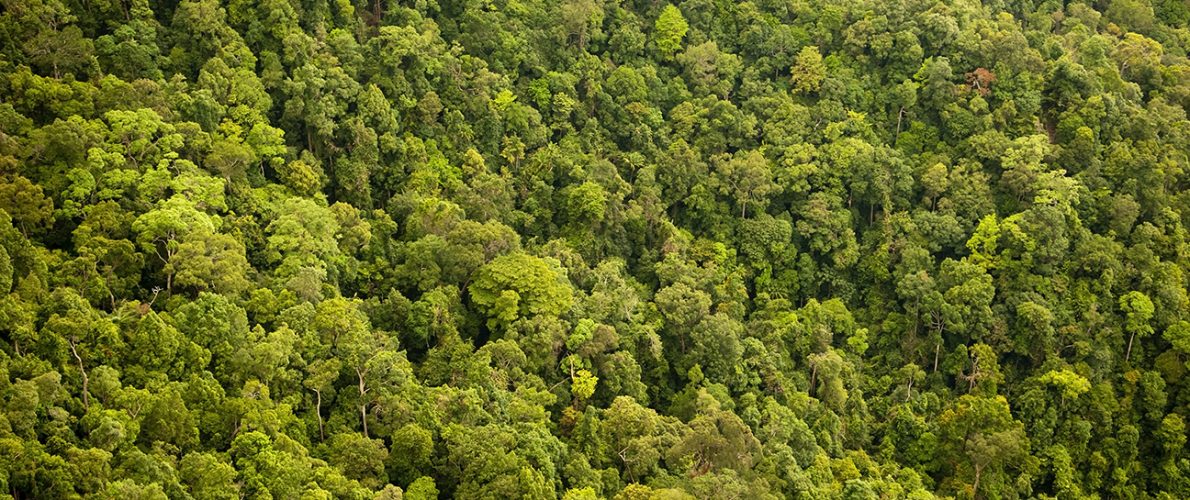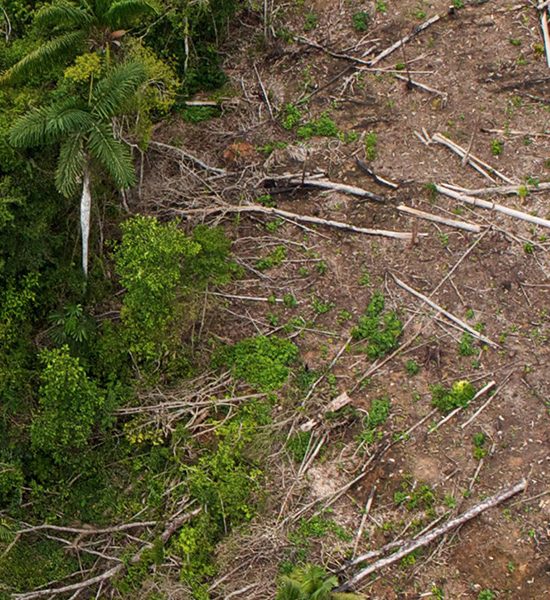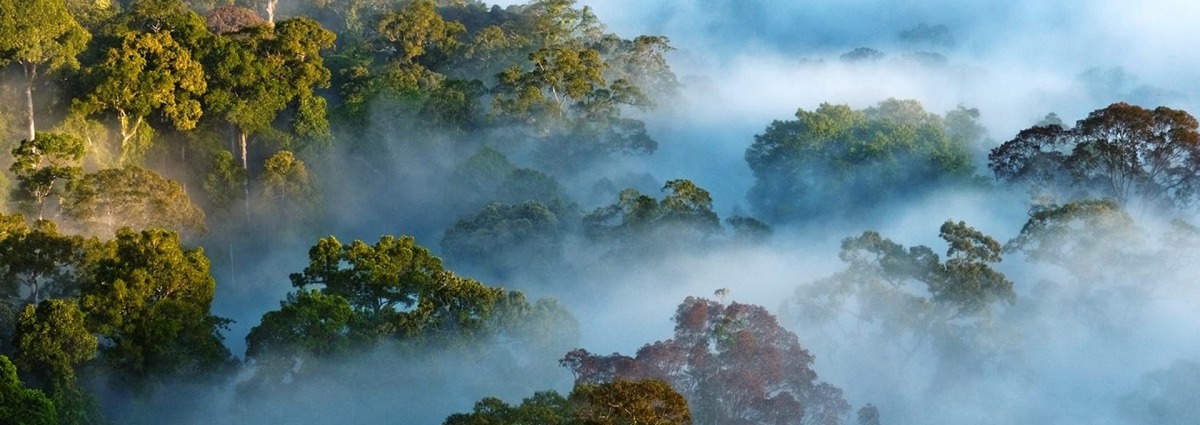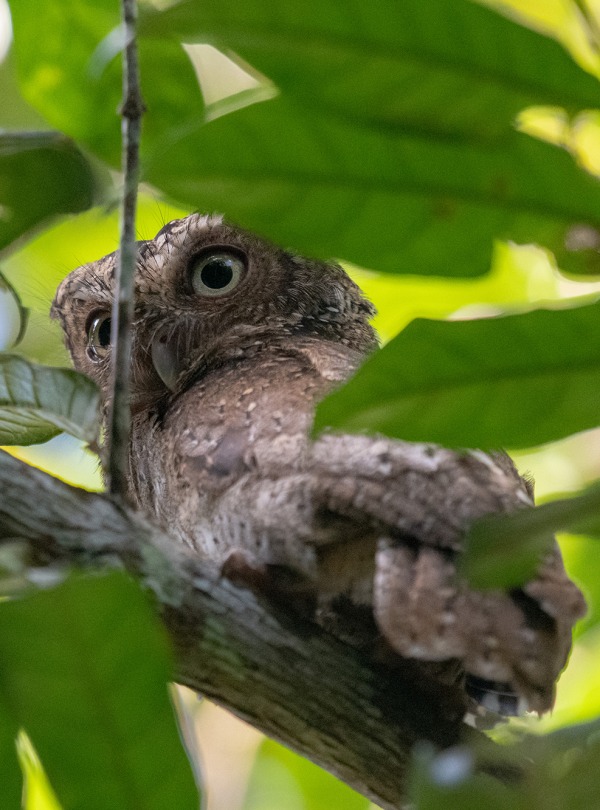
Expanding the Soutpansberg Protected Area
Support More Work Like ThisSupport More Work Like ThisThe incredibly biodiverse Soutpansberg Mountains are a melting pot of rare and endemic species in northern South Africa.
-
Species at Risk
7 species
-
Carbon stored
2,430,357*
*(metric tons of CO2 equivalents) -
Partner
Endangered Wildlife Trust (EWT)
-
40,642 Proposed Acres Conserved by
Purchase
-
Project Cost: $1,314,340

40,642
The incredibly biodiverse Soutpansberg Mountains are a melting pot of rare and endemic species in northern South Africa.
-
Species at Risk
7 species
-
Carbon stored
2,430,357*
*(metric tons of CO2 equivalents) -
Partner
Endangered Wildlife Trust (EWT)
-
40,642 Proposed Acres Conserved by
Purchase
-
Project Cost: £952,420

40,642
Isolated from other Afromontane forests and cradled within the renowned UNESCO Vhembe Biosphere Reserve, the Soutpansberg Mountains contain the last known wild Venda Cycad, which is part of an ancient class of plants. Several other endangered species are found within this mountain range, including Cape Vultures, African Wild Dogs, Southern African Pythons, Temminck’s Ground Pangolins, Leopards and Cheetahs. Unfortunately, these species are threatened by hunting and the conversion of their habit into agricultural land.
These mountains also contain many species new to science which are being discovered almost every year, with the most recent being an endemic dwarf chameleon that still awaits formal description.
To protect the threatened wildlife that reside within the Soutpansberg Mountains, Rainforest Trust is partnering with the Endangered Wildlife Trust (EWT) to establish the 40,642-acre Soutpansberg Protected Area. This will contribute to a continuous tract of critically important conservation land in the heart of the Vhembe Biosphere Reserve
Did you know?
Endemic reptile species live in the Soutpansberg habitat.
Explore Soutpansberg

South African Leopard, by Simon Bardet

The Endangered African Wild Dog, by William Steel

The landscape of Soutpansberg, South Africa, by EWT

The landscape of Soutpansberg, South Africa. Photo by partner, Endangered Wildlife Trust.

The Endangered Induna Acraea Butterfly, by Dominique Bernaud/Wikimedia Commons

The Vulnerable Temminck's Ground Pangolin, by Simon Naylor
Stop deforestation
Important threats to the unique biodiversity of the mountains include poaching, conversion to agricultural land, unsustainable harvesting of medicinal plants, sand mining and habitat degradation due to invasive species. Some of the smaller creatures within this mountainous landscape are the most at-risk for extinction, particularly those with highly localized ranges within the Soutpansberg. These include the Forest Rain Frog, Induna Acraea Butterfly and Red Dragon Flower, all classified as endangered within South Africa.
Join our lasting solution
Rainforest Trust and EWT are raising $1,314,340 to purchase and protect 40,642 acres to create the Soutpansberg Protected Area. This will be done through the strategic purchase of private properties and stewardship agreements to connect with existing protected areas. This amalgamation of public and private nature reserves will allow the South African government to declare a vital section of the Soutpansberg Mountains as a formal protected area.




Partnering to Save Rainforest
Our partners’ ability to work with their governments and build strong connections with local communities ensures the successful implementation of our projects.
Learn More About This PartnerLearn More About This Partner
